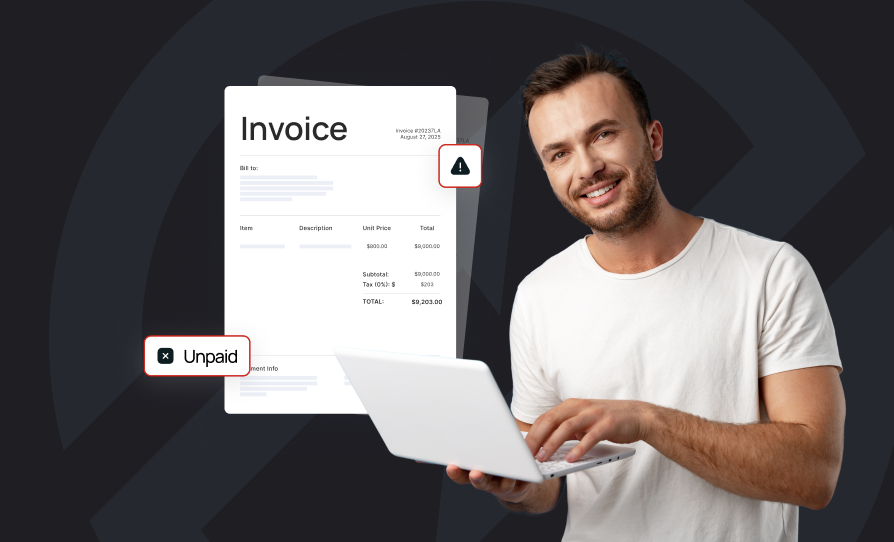What is Quality Variation?
Quality variation refers to all the recurrent and random changes in the quality of the purchased product or service over a period of time. It is the inconsistent increase and/or decline in quality. Say for instance, you go to a barbershop to get a haircut. There are times that the barber will give you a very good haircut. At other times, his services may be unsatisfactory. That difference (variation) is what is referred to as quality variation.
Why is Quality Variation worth considering?
Everyone wants to receive the best quality product/service for his or her money - including you. In fact, it is most likely the number one deciding factor on whether you will stick with a particular brand/supplier or not.However, there are times you are willing to compromise a little quality for your budget. This happens when you feel that the quality of the product/service is pretty okay and saves you some money compared to when you go for the highest quality. As long as the quality remains constant, you are okay with the brand/vendor.What is not acceptable is when at the same price rate, the quality of the product/service becomes inconsistent. At times like that, you might get confused, even angry. You might even consider giving the brand/vendor a bad review and switching to another. Simply put, quality variation can have some serious negative effects on any business/brand.
What causes Quality Variation?
A number of factors could account for quality variation. One of these is a poor description of the item to be purchased. This will lead to unmet expectations on the part of the customer.Sometimes, it could just be bad communication between the buyer and the seller. It is easy for messages sent via emails, phones, and other means to be muddled up and confusing. The language could be unclear, the words spoken too fast, or the information was misplaced - lost.It can also sometimes happen that there is a disconnection - the person who places the order has different information from the person who meets with the supplier down to the person who receives the order.It also happens that despite poor performance and noticed quality variations, customers who do not keep track of their purchases properly can end up buying from the same source over and over again, leading to more disappointments and unmet expectations.
How can the risk of "Quality Variation" be mitigated? In Three Steps:
1. PLAN
- Consultation and collaboration between the buyer's team and the seller's to ensure that both parties fully understand what expectations are to be met and how the items to be bought meet those expectations, along with any other terms and conditions.
- After consultations, the buyer should make a list of approved suppliers who are believed to be effectively able to meet the expressed needs and expectations.
- Each member participating in the procurement process should be equipped with the right set of tools, relevant information, and authority powers.
- There must be properly defined KPIs (Key Performance Indicators) in order to measure performance against expectations. This is vital to ensure that every link in the chain is as strong as the others, and they all are good enough to achieve the preset goals.
2. ORGANIZE
- Facilitate proper and referable communication between both parties - buyer and seller - that can be used in resolving issues resulting from unmet expectations. As a matter of fact, good communication should prevent discrepancies and minimize disputes.
- Streamline the entire procurement process to minimise errors and to avoid confusing messages between both parties. Establish the right procedure for all of the activities in the process, and achieve a smooth workflow starting from the point of initiating internal orders all the way to buying, receiving, and even paying.
- Avoid complicated solutions and benefit from Tradogram's intuitive tools, which do not require special training or technical skills. This way everybody can focus on their actual work, instead of struggling to figure out how to use a clunky software to place their orders.
3. CONTROL
- Evaluate supplier performance, using a simple form that can be easily completed at the end of every purchasing transaction. This is to allow buyers to express their level of satisfaction about the supplier's' performance and their compliance with the preset quality standards. The score that comes out of this evaluation should be added to impact the overall rating of the supplier. The supplier's' scores must be monitored regularly, to ensure that poor performers are replaced without delay.
- Create spend reports; using real-time data to monitor purchasing activities as they are happening, using records of old data to be able to spot any deviations, to ultimately ensure that appropriate corrective actions are taken, without any delay. This is where KPIs become useful because they can be used to compare the planned goals with actual results.
- Choosing a cloud-based solution like Tradogram makes all of the powerful tools needed available anytime and anywhere - accessible from any device with internet connection, to control procurement and improve visibility into corporate spend.
.png)


.png)
.png)

.webp)

.png)










